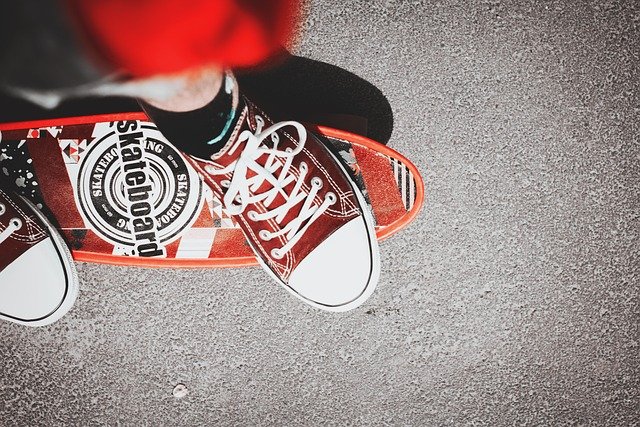The Evolution of Footwear: From Function to Fashion
Footwear has been an essential part of human history, evolving from basic protection for our feet to diverse styles that reflect cultural trends and personal expression. Today, the global footwear market offers an extensive range of options, from practical work boots to elegant dress shoes and comfortable sandals. This article explores the fascinating world of shoes and footwear, delving into their history, types, and the factors that influence our choices.

In ancient Egypt, sandals made from papyrus and palm leaves were common, while the Greeks and Romans favored leather sandals with intricate designs. The Middle Ages saw the rise of pointed shoes called poulaines, sometimes reaching absurd lengths as a symbol of status. The Renaissance brought more practical designs, and by the 18th century, the first shoe factories emerged, paving the way for mass production and greater accessibility.
What are the main types of shoes and footwear available today?
The modern footwear industry offers a vast array of options to suit every need and preference:
-
Athletic shoes: Designed for sports and physical activities, including running shoes, cross-trainers, and sport-specific footwear.
-
Casual shoes: Everyday wear like sneakers, loafers, and moccasins.
-
Dress shoes: Formal footwear such as oxfords, brogues, and pumps.
-
Boots: Ranging from work boots to fashion-forward styles like ankle boots and knee-highs.
-
Sandals: Open-toed footwear ideal for warm weather, including flip-flops, gladiator sandals, and fisherman sandals.
-
Specialty footwear: Shoes designed for specific purposes, such as dance shoes, safety shoes, or orthopedic footwear.
How do materials impact the quality and comfort of footwear?
The choice of materials plays a crucial role in determining the quality, durability, and comfort of shoes. Common materials include:
-
Leather: A classic choice known for its durability, breathability, and ability to mold to the wearer’s foot over time. Full-grain leather is considered the highest quality, while suede offers a softer, more casual look.
-
Synthetic materials: Man-made fabrics like polyester and nylon are often used in athletic shoes for their lightweight and moisture-wicking properties.
-
Canvas: A popular choice for casual shoes, offering breathability and a relaxed look.
-
Rubber: Commonly used for soles, providing traction and durability.
-
Memory foam: A modern innovation in insoles, offering customized comfort by molding to the wearer’s foot.
The combination of these materials can significantly impact a shoe’s performance, longevity, and overall wearer satisfaction.
What factors should be considered when choosing footwear?
Selecting the right footwear involves considering several factors:
-
Purpose: The intended use of the shoe, whether for work, sports, casual wear, or formal occasions.
-
Fit: Proper sizing and width are crucial for comfort and foot health.
-
Support: Adequate arch support and cushioning can prevent foot fatigue and pain.
-
Style: Personal preferences and current fashion trends often influence choices.
-
Durability: The quality of materials and construction affects how long the shoes will last.
-
Weather conditions: Consider waterproofing and insulation for different climates.
-
Foot health: Special considerations for those with foot conditions or injuries.
How has the rise of sustainable footwear impacted the industry?
In recent years, there has been a growing demand for sustainable and eco-friendly footwear options. This trend has led to innovations in materials and manufacturing processes:
-
Recycled materials: Many brands now use recycled plastics, rubber, and textiles in their shoes.
-
Plant-based materials: Alternatives like cork, bamboo, and algae-based foams are gaining popularity.
-
Ethical production: Increased focus on fair labor practices and transparent supply chains.
-
Durability: Emphasis on creating long-lasting products to reduce waste.
-
Recyclable designs: Some companies are developing shoes that can be easily disassembled and recycled at the end of their life.
This shift towards sustainability is reshaping the footwear industry, encouraging both established brands and new startups to innovate and reduce their environmental impact.
The world of shoes and footwear is vast and ever-changing, reflecting our evolving needs, technologies, and cultural values. From the practical sandals of ancient times to the high-tech athletic shoes of today, footwear continues to be an essential part of our daily lives. As we move forward, the industry faces exciting challenges in balancing style, function, and sustainability, ensuring that our feet are not only protected but also expressing our individual tastes and values.






